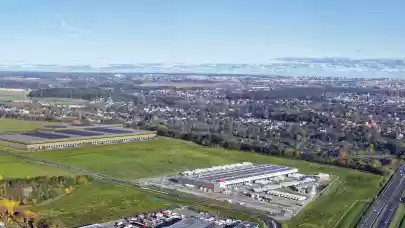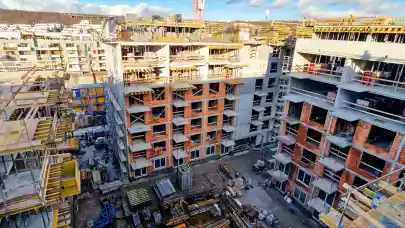
Following a rebound in H1 2025, with transaction volume exceeding €500 million, investment activity in Slovakia is projected to maintain positive momentum for the remainder of 2025, potentially reaching €1 billion, according to the latest Cushman & Wakefield report.
Foreign institutional capital accounted for 47% of total investment volume in H1, a significant increase compared to previous years. The remaining 53% originated from CEE investors, particularly local investment funds. The share of local capital is expected to increase in H2 2025. Investors demand concentrates on core and value-add assets mainly in logistics and retail. Combined with interest rate cuts, we expect yields in retail parks to compress further, especially for core parks in prime locations. Elsewhere, there is limited space for prime yield contraction till year-end.
Office leasing activity is steady, with tenants focusing on high-quality space in the Central Business District (35% of total activity in the last 3 years). Vacancy rates are likely to see only a modest decline, as leasing remains driven by renegotiations (60% in H1), a trend expected to hold in the next few years. In addition, the public sector is expected to remain a key driver of demand. Prime rental growth is anticipated, potentially reaching €21.00/sqm/ month by year-end, driven by strong demand for high-quality offices and a limited supply of A+ space. Major office developments are not expected to be completed before 2026.
Despite a slower start in H1, industrial leasing activity shows signs of recovery, with a stronger performance anticipated by year-end, yet still below the 5-year average. Demand is no longer concentrated in a few key regions but is spreading more evenly across Slovakia. Vacancy has reached its highest level since 2021, with several regions recording rates above 5.00%. Further vacancy increases are expected due to subdued demand and the upcoming completion of speculative developments launched in previous years. Prime rents are forecasted to remain stable with strong pressure, resulting from overall lowered activity and cautious sentiment.
H1 recorded a few new market entries in the retail segment, whilst more brands are scheduled to enter the market in the second half of the year, spanning multiple retail sectors. Retail parks remain highly attractive, with their pipeline expanding in response to strong occupier, investor and consumer demand. As a result, we expect retail park rents to grow steadily in the medium term. Consumer spending has slightly decreased by 1.1% in H1 2025 with uneven demand across retail schemes, partially offset by growth in supermarkets. The second half of the year is unlikely to bring any notable shifts in turnover performance. On the other hand, discounters benefit from customers being more price-sensitive.



